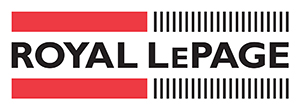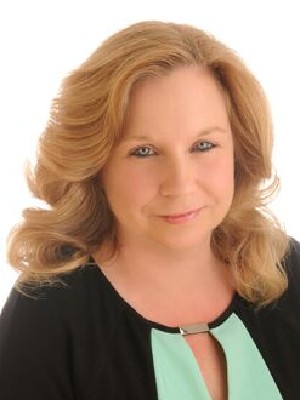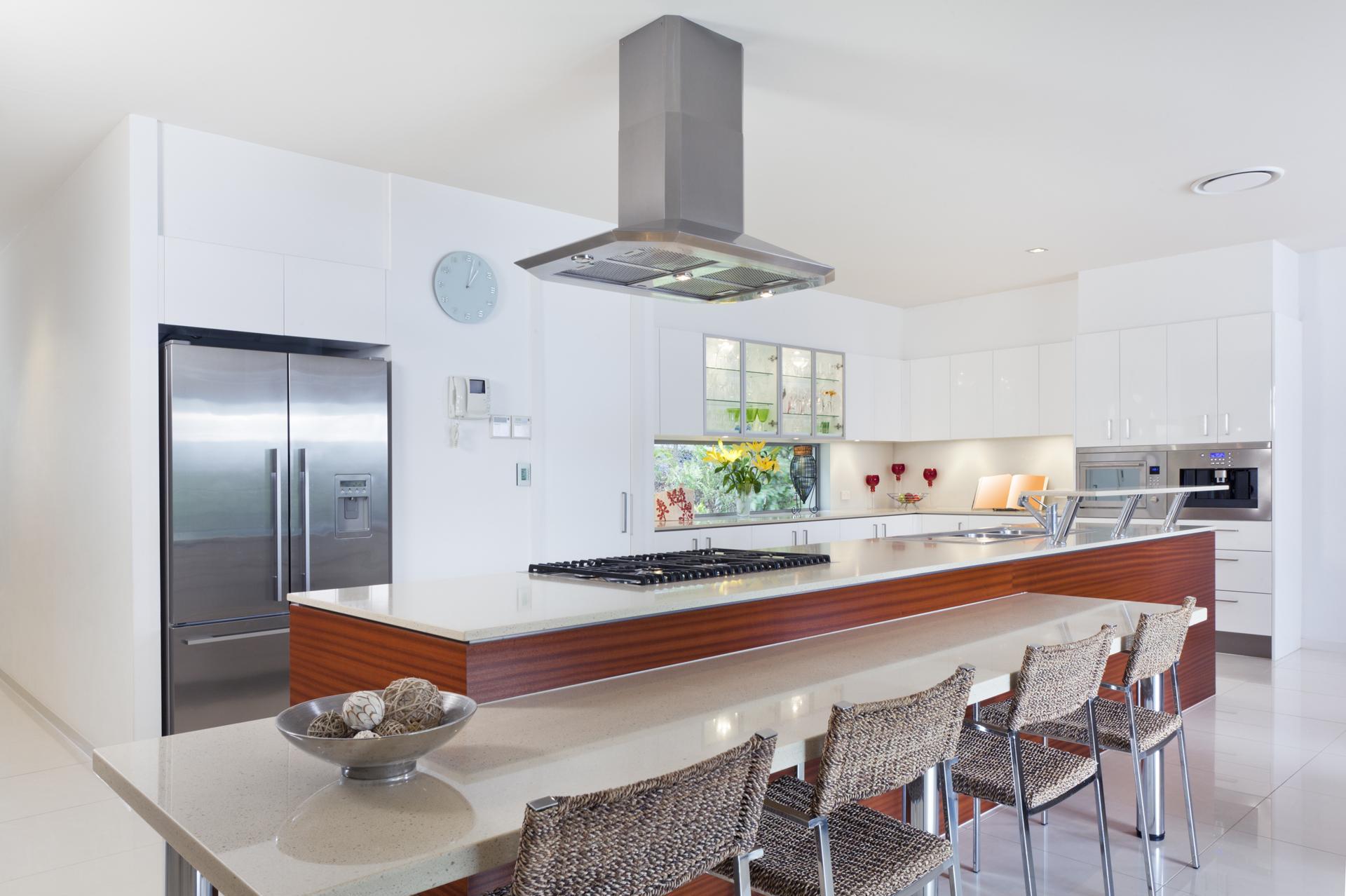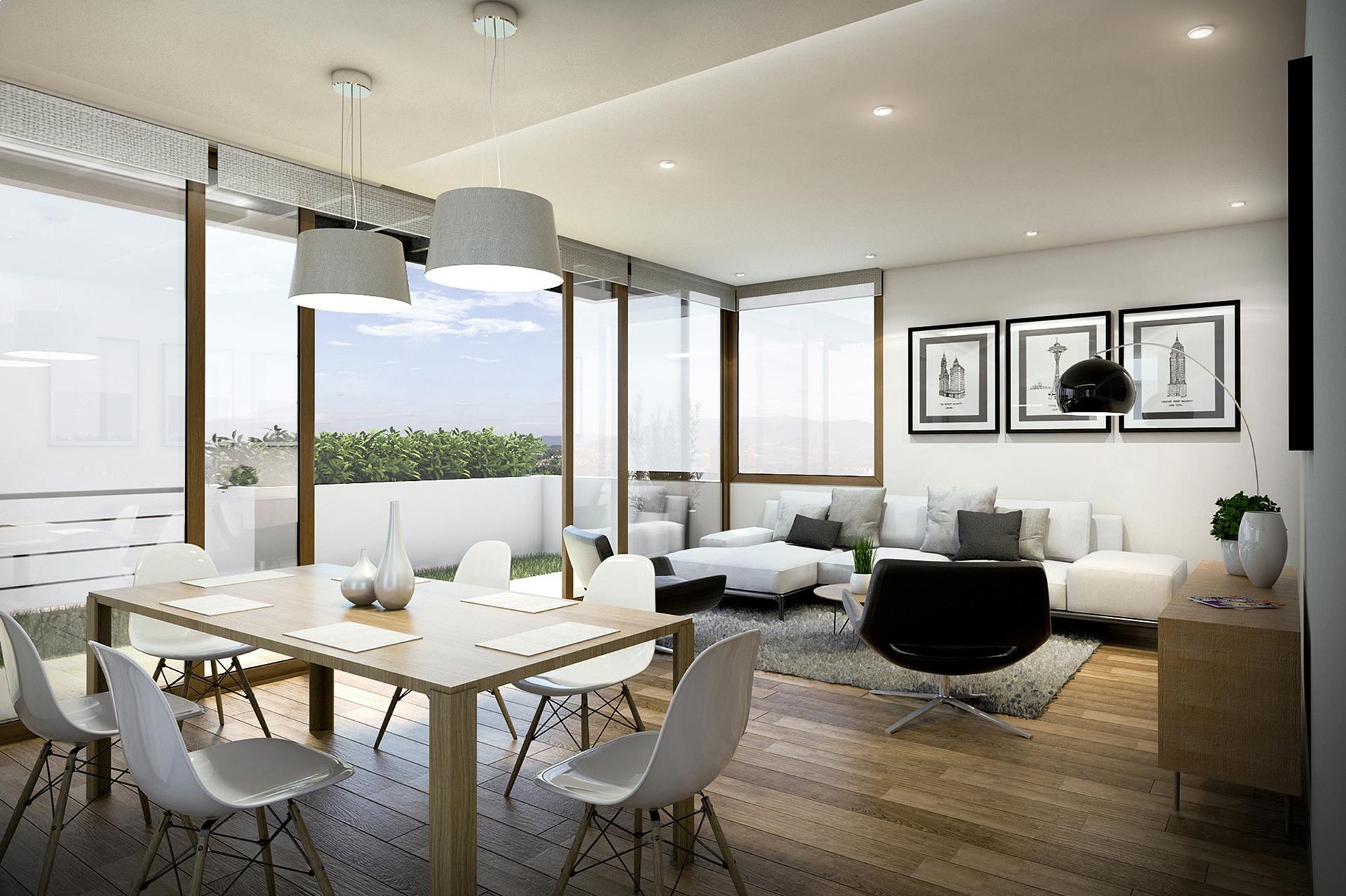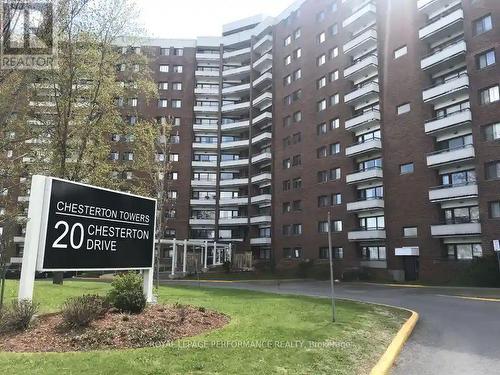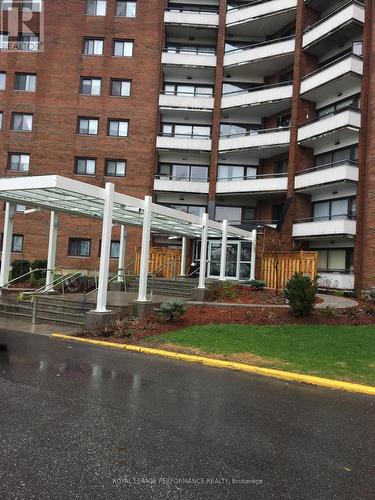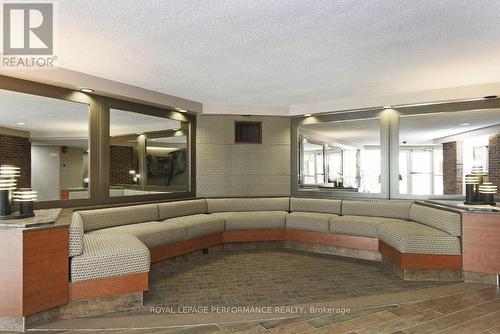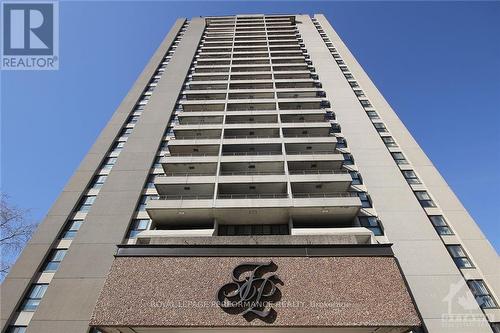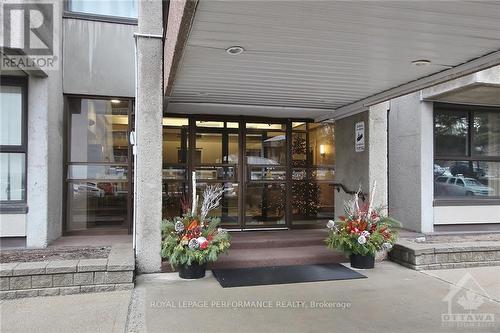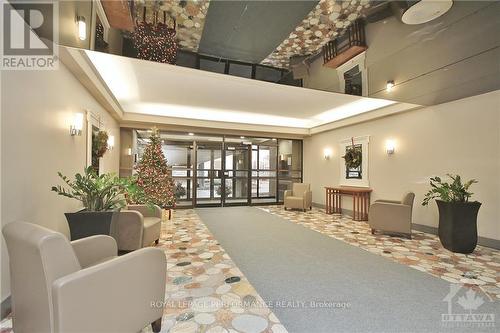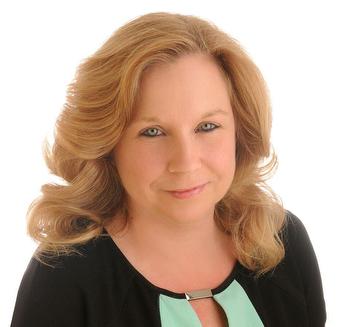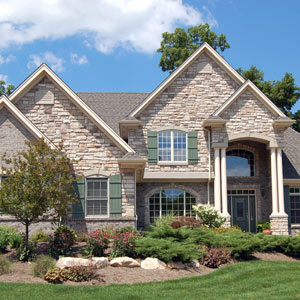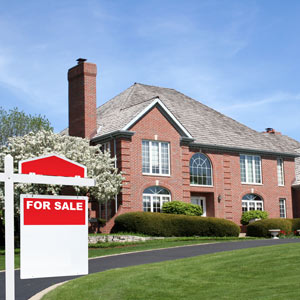Featured Properties
Listing # X12281514
$314,900
Bedrooms: 2
Bathrooms: 1
1113 - 20 CHESTERTON DRIVE W Ottawa, Ontario
Welcome to 1113 - 20 Chesterton Drive, Ottawa Modern Living with Stunning Views! Step into this beautifully spacious ...
Listing # X12298307
$325,000
Bedrooms: 2
Bathrooms: 1
L02 - 315 TERRAVITA Ottawa, Ontario
Discover a fantastic opportunity to own a beautifully designed, modern condo nestled just a hop, skip, and a jump from ...
Listing # X12389992
$385,000
Bedrooms: 2
Bathrooms: 1
1102 - 1785 FROBISHER LANE Ottawa, Ontario
Welcome to Unit 1102 at 1785 Frobisher Lane, a bright, spacious, and thoughtfully designed 2-bedroom, 1-bathroom condo ...
